Weekly Tech Recap - № 233 - Surface Pro X, Surface Duo and Neo, Tesla production, Vivaldi Mobile, Chasing Dory
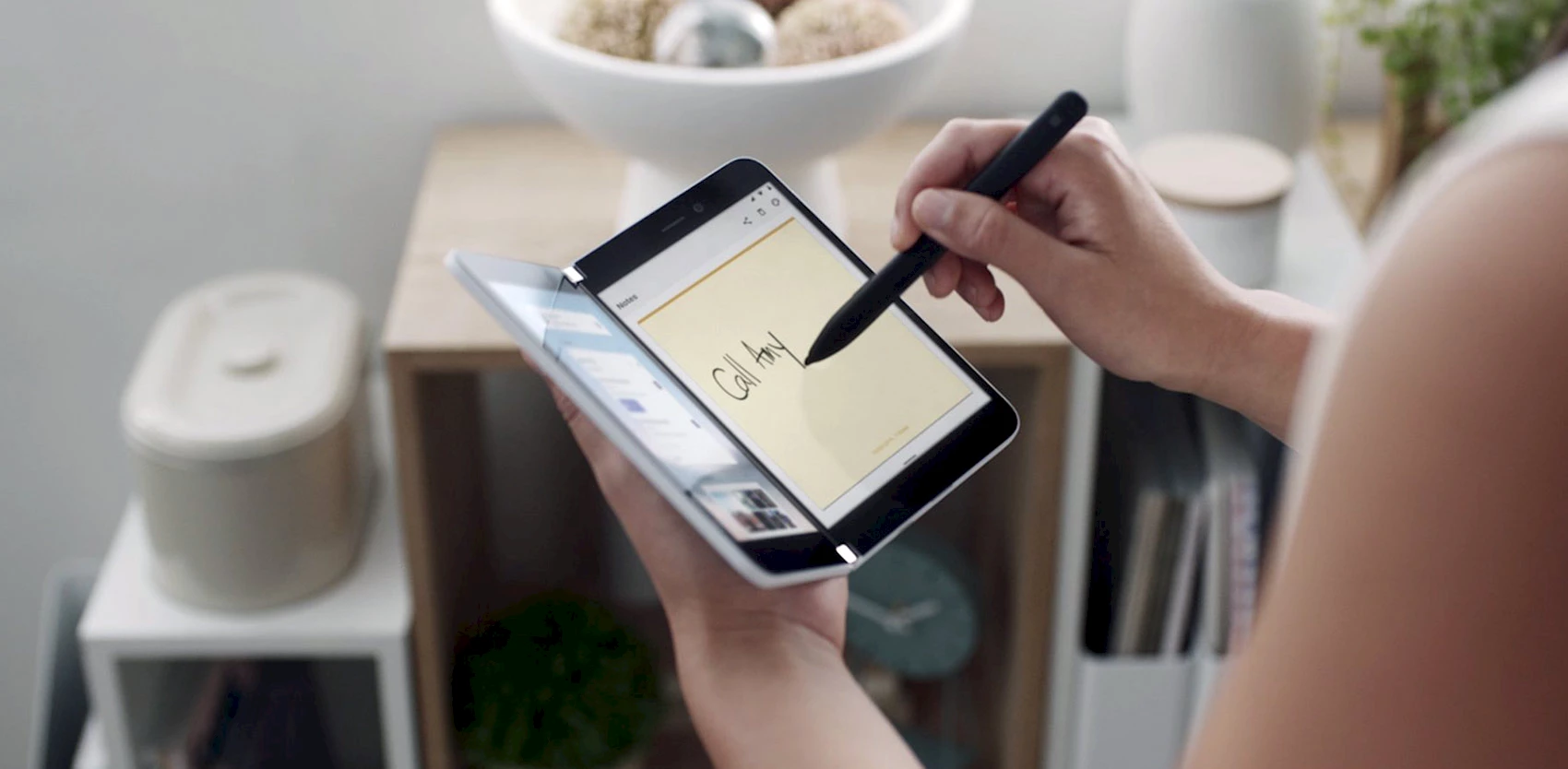
Surface Pro X
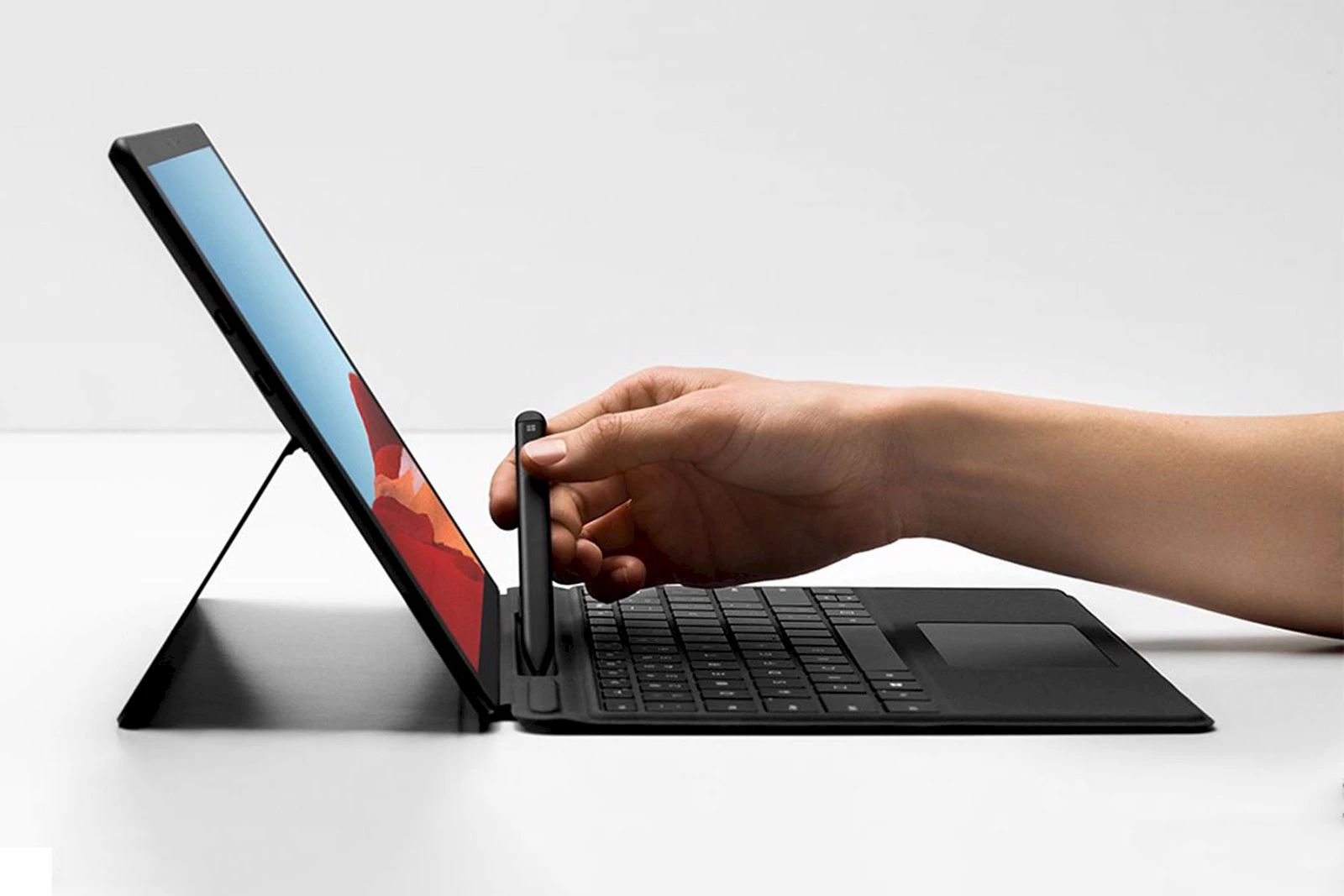
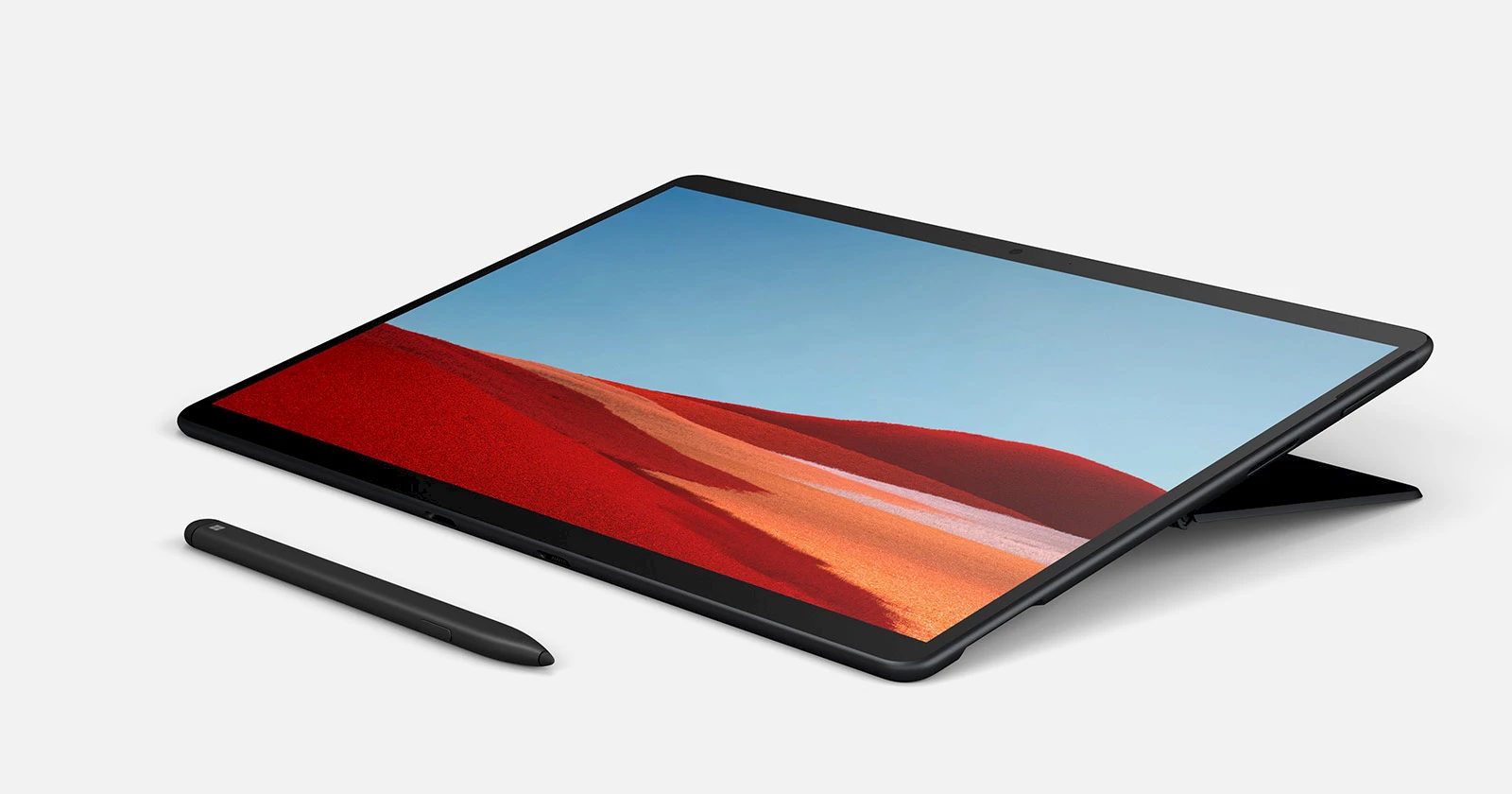
Surface Pro X. © Microsoft.
The Surface Pro X is a slim Windows 10 tablet with a detachable keyboard and stylus and, more importantly, an ARM processor. In fact, the SQ1 ARM chip was specifically developed by Microsoft jointly with Qualcomm for the Surface Pro X. Its design is based on the Snapdragon 8cx, the SoC in the Galaxy Book S. The Redmond giant has already used ARM, for example in its Surface RT and Surface 2, but these were lower-end PCs, while the Pro X is positioned as a high-end solution. And Microsoft swears that the general compatibility and stability issues experienced with the first ARM machines have been addressed. As for design, the new machine is extremely slim (7.3mm) and light (770g), with a 13-inch touchscreen (2,880x1,920px). It has two USB-C ports, quick recharge and LTE connectivity. Battery life is about 13 hours, owing mainly to the ARM architecture. The Surface Pro X, now available for pre-order, will be released on November 5. While the basic price comes in at USD1,000, you’ll have to add USD140 for the Pro X keyboard and another USD150 for the Surface Slim stylus. You have options for RAM and storage: 8 or 16GB of LPDDR4x RAM and 128, 256 or 512GB of SSD. No options for the colour, though: matte black.
⇨ Ars Technica, Jeff Dunn, “Hands-on with Microsoft’s barrage of new Surface devices.”
⇨ The Verge, Chaim Gartenberg, “The Surface Pro X is Microsoft’s answer to the iPad Pro.”
Surface Duo
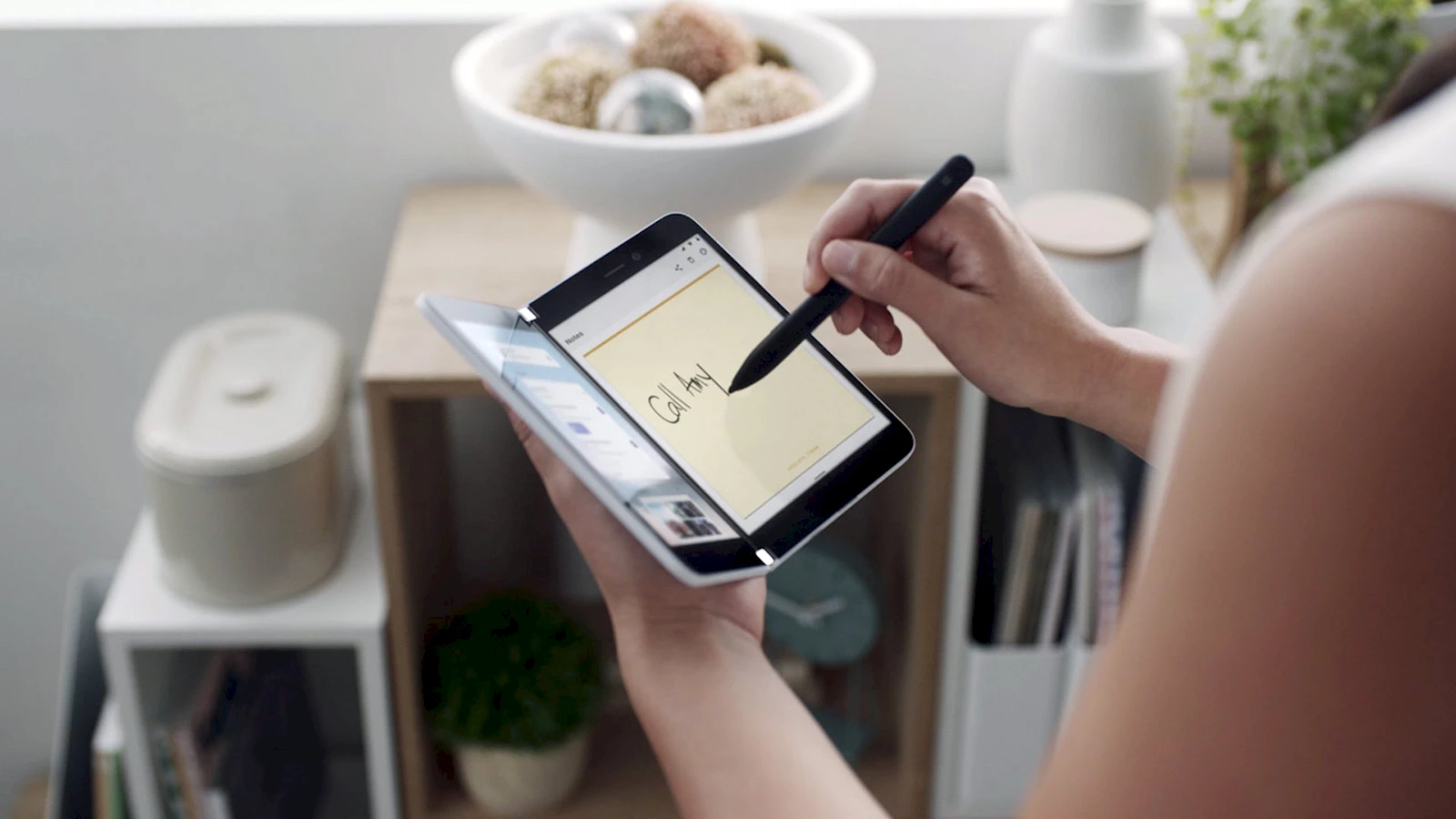
Surface Duo. © Microsoft.
When it introduced its latest Surface products, Microsoft saved the bombshell for last: its return to the smartphone market. The Surface Duo, to be released at the end of 2020, will not run some operating system descended from Windows Phone, but rather… Android! Further, it is a foldable device, opening up like a notebook to uncover two 5.6-inch screens. The Duo screens display two different applications, but optimized applications could display across both screens. When the device is in landscape mode, the second screen can be used as a keyboard or game controller. The Duo will support a stylus, like other Surface products, as well as an optional, magnetic Bluetooth keyboard. Its price and specifications are as yet unknown. Another thing we don’t know is why Microsoft announced this product a full year ahead of time.
⇨ YouTube, “Introducing Surface Duo.”
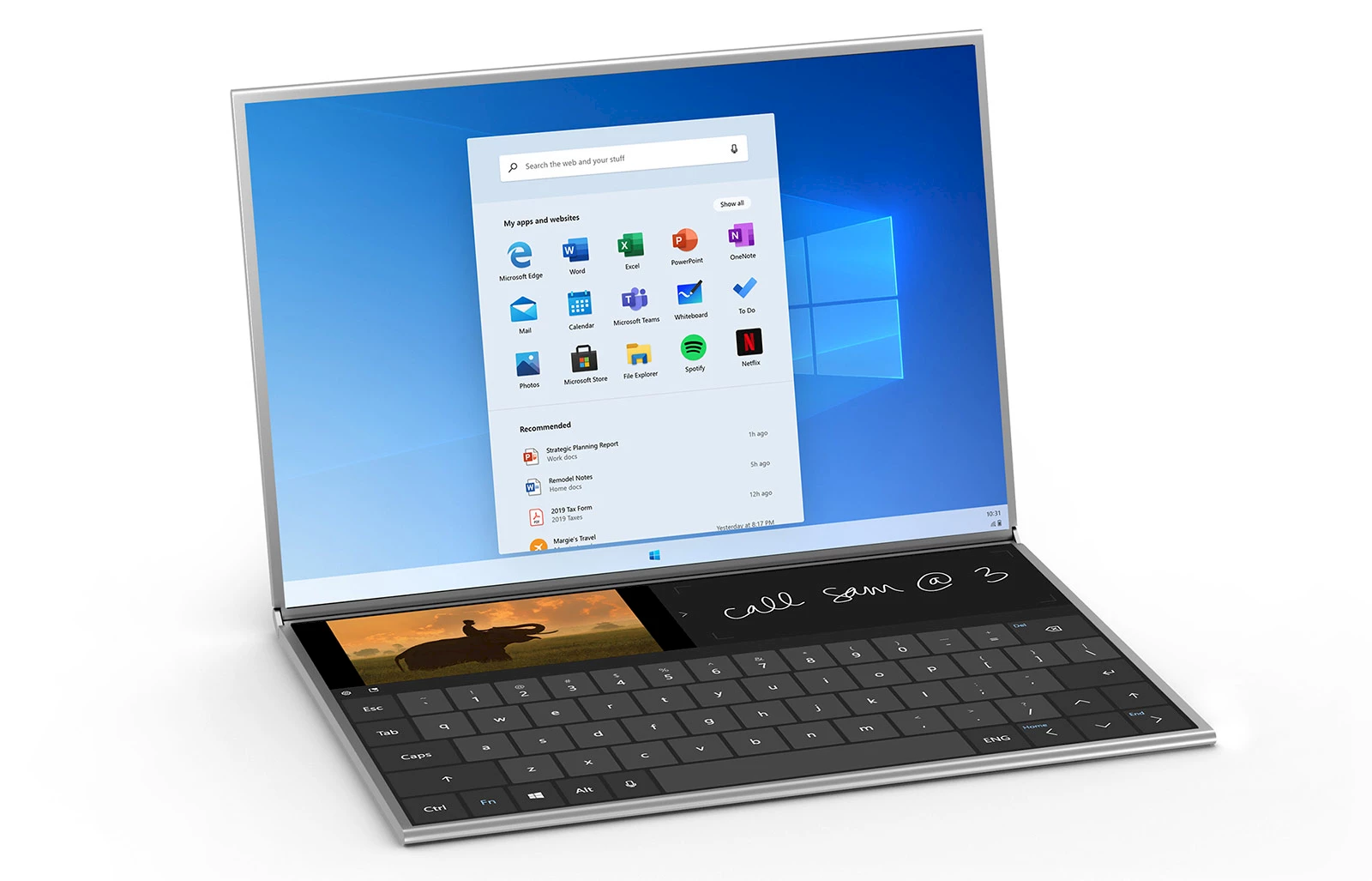
Surface Neo. © Microsoft.
Microsoft also introduced the Surface Neo, a two-screen, foldable tablet similar to the Surface Duo, but much larger, with two 9-inch screens. Beyond size, another major difference is the operating system: the Surface Neo will run on a new version of Windows, called 10X, that we don’t know much about, except that it’s specifically optimized for dual-screen devices. And as for its little brother the Duo telephone, the Neo will only be available at the end of next year.
⇨ Ars Technica, Ron Amadeo, “The Surface Phone is real! Microsoft surprises with a dual-screen Android phone.”
⇨ Wired, Lauren Goode, “Microsoft Surface Duo will be a dual-screen Android ‘device’.”
⇨ Cnet, Dan Ackerman, “Microsoft Surface Neo is the foldable, dual-screen tablet you didn’t know you needed.”
Production builds at Tesla
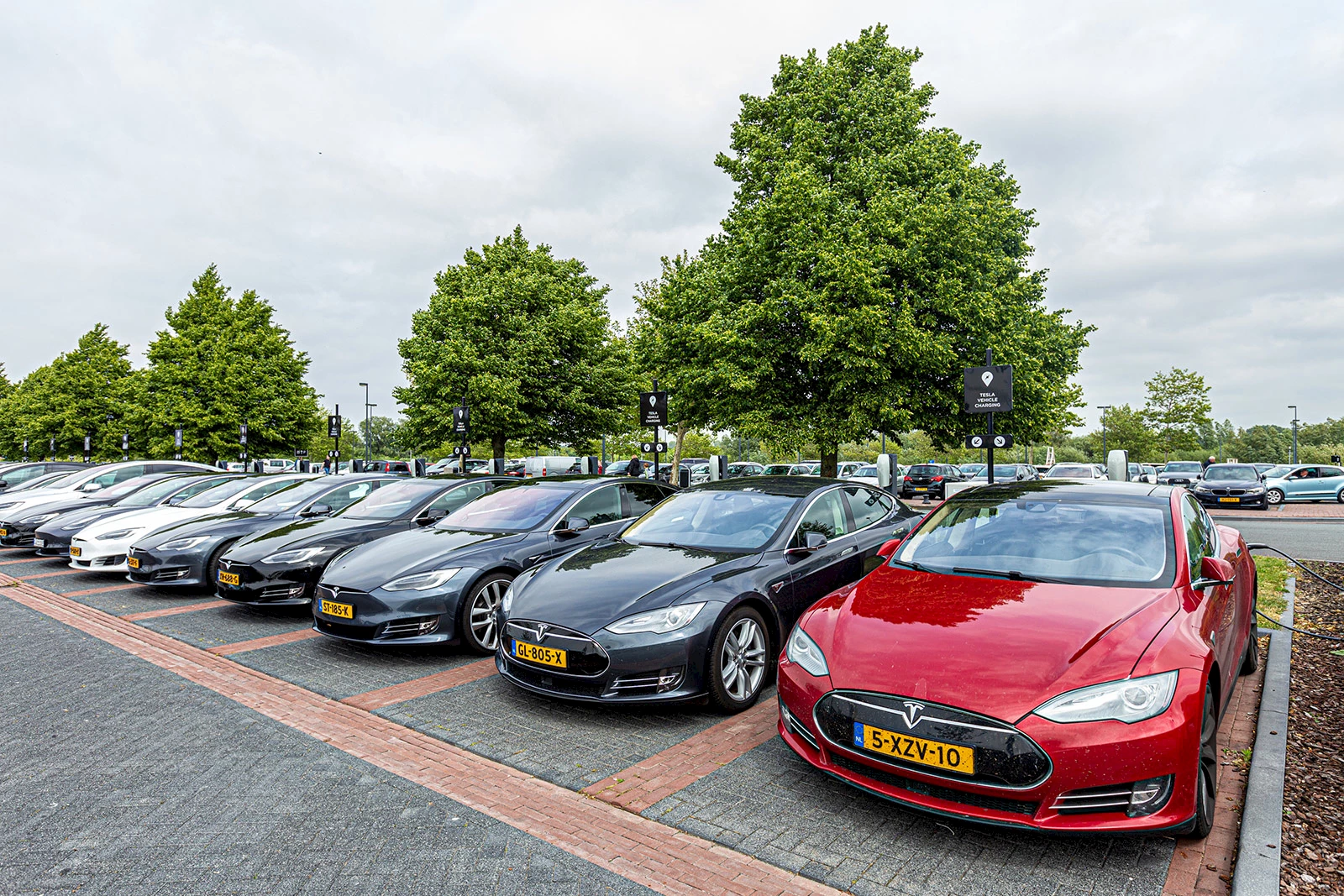
Tesla cars on a parking lot in Lelystad, Netherlands. © iStock.
The time when Tesla reliably missed its production targets seems to be well in the past. Indeed, Elon Musk’s company has set new production and delivery records for the third quarter of 2019, with 96,155 vehicles built and 97,000 delivered (95,200 in Q2). The figures, released last Wednesday, also show a drop in the sales of the more expensive Model S and X, while deliveries of the more affordable Model 3 keep climbing, with 79,600 vehicles delivered in Q3, against 77,550 in Q2. This implies a production rate of over 6,000 vehicles per week. But Tesla still has a long road before reaching its overall year’s target, which is to deliver 360,000 vehicles in 2019. Tesla has already delivered 255,200 vehicles, meaning it will have to deliver 104,800 more during Q4. This may not be too far a reach, since in October, Tesla is due to start production in its new Shanghai factory.
⇨ Ars Technica, Timothy B. Lee, “Tesla produced a record-breaking 96,155 cars last quarter.”
Vivaldi for mobiles
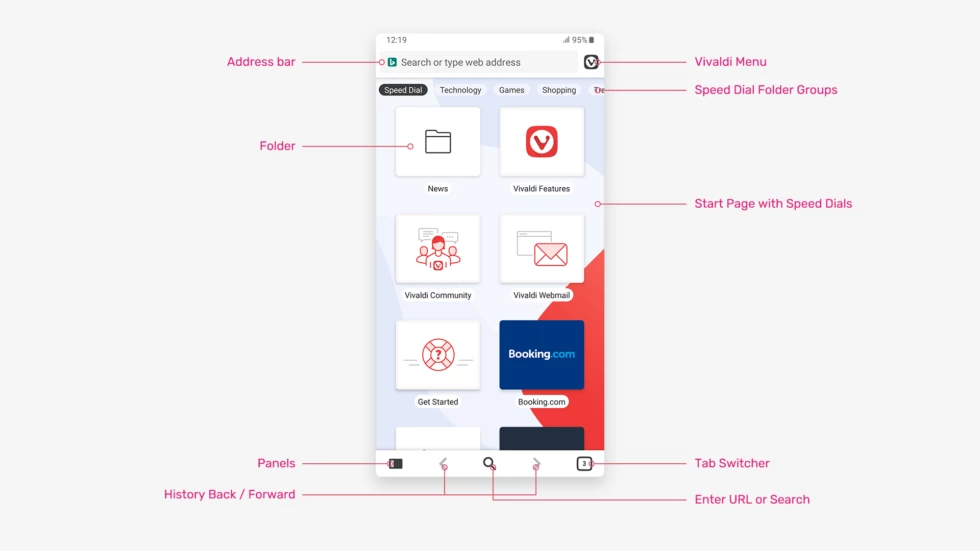
Vivaldi UI. © Vivaldi Technologies.
No, we’re not talking about shuffling the Four Seasons on your telephone. We’re talking about the browser named after the great Venetian composer, developed by former Opera employees, with admittedly low market share despite the software’s many qualities. This elegant multiplatform desktop browser (Windows, MacOS, Linux) offers extensive customization options targeted to power users. Today, Vivaldi Technologies extended its offering to mobile, using Android (sorry, iOS!). One of the neat things about this new mobile version is that it offers the same synchronisation service available for desktop versions. This means that users can synchronize information saved in a Vivaldi web browser (such as bookmarks, parameters, passwords and browsing history) with a Vivaldi on another device. Vivaldi Android Beta is available for download on Google Play. If you’re wondering whether Vivaldi Mobile really is worth a try, Scott Gilbertson from Ars Technica shares his impressions in the very interesting article hereunder.
⇨ Ars Technica, Scott Gilbertson, “Most mobile browsers display the Web, that’s it—Vivaldi Mobile can change that.”
Chasing Dory underwater drone
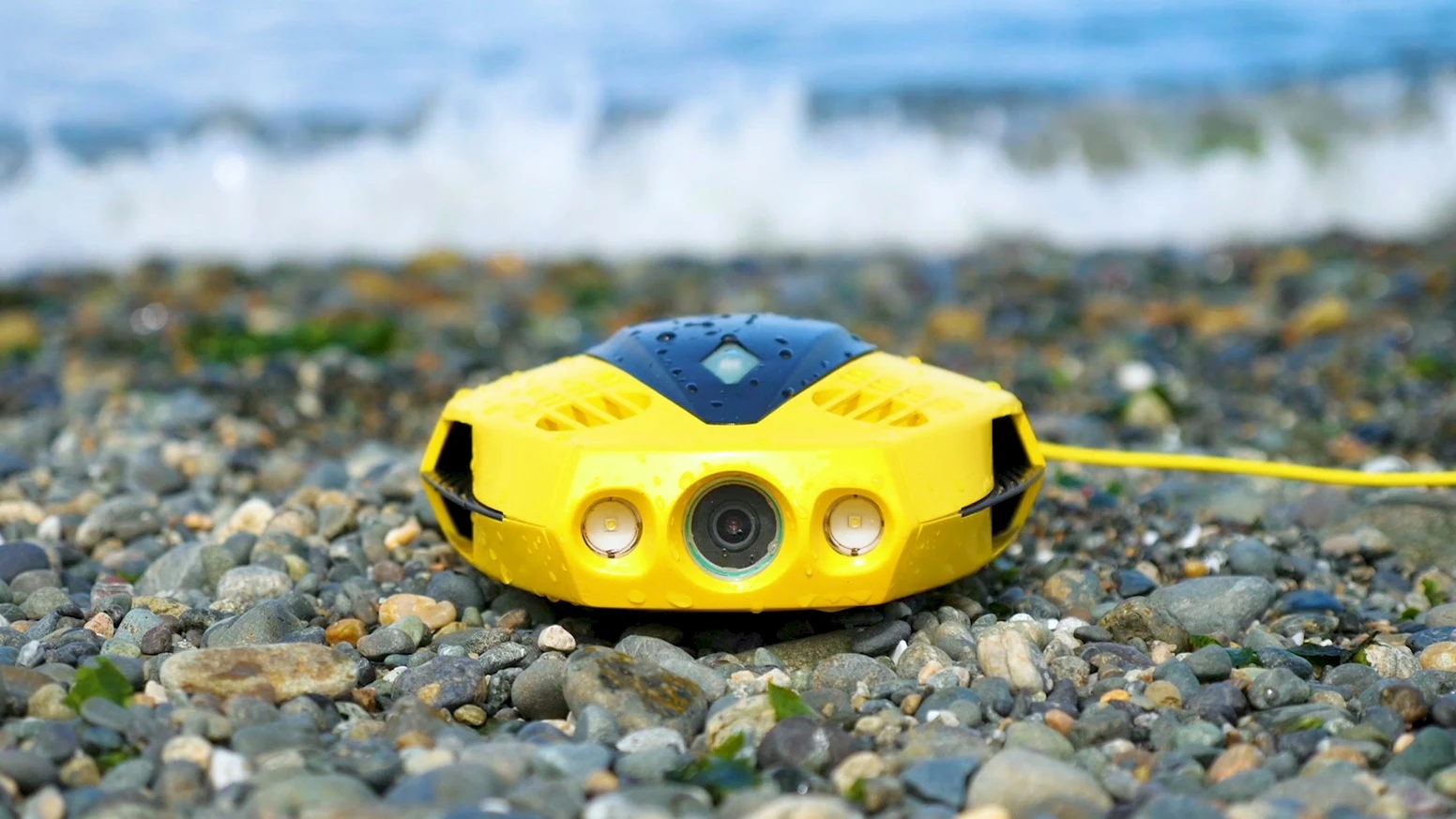
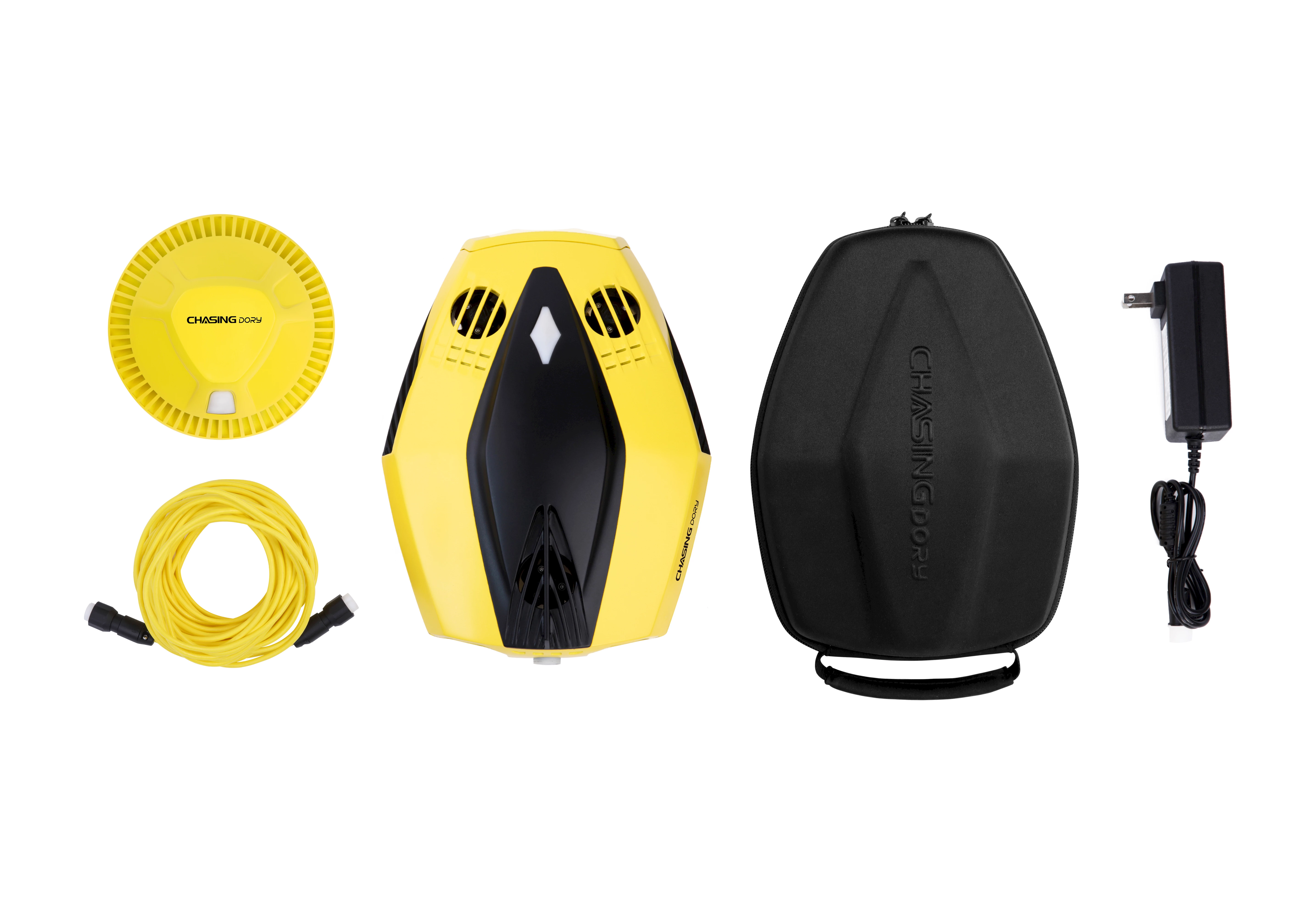
Chasing Dory. © Chasing.
Probably named after the lovable little fish in Finding Nemo, this little submarine drone is just 20cm wide and carries a F1.6 camera lens and a 1/2.9" CMOS sensor capable of recording at 1080p. It’s field of view is 100°, and a ±45° Tilt-Lock mode allows you to scan the floor of a body of water or view its surface above. The drone comes with a Wi-Fi buoy that has two functions: helping your mobile device stay connected up to 15 meters (49 feet) away with the wired tether, and ensuring that the drone can’t get lost in case of dead batteries or mechanical problems. The 4,800mAh battery charges in 2 hours and provides 1 hour of operating time. The drone is controlled through a mobile application (iOS and Android). Chasing Dory is a crowdfunded project on Kickstarter. At the time of writing, it had raised CAD169,826 out of CAD39,980. And since the guys Chasing Dory have already successfully netted the Gladius Mini underwater project, the risk seems slight.
⇨ DPReview, Scott Gilbertson, “CHASING DORY is a portable, affordable underwater drone with 1080p video.”
